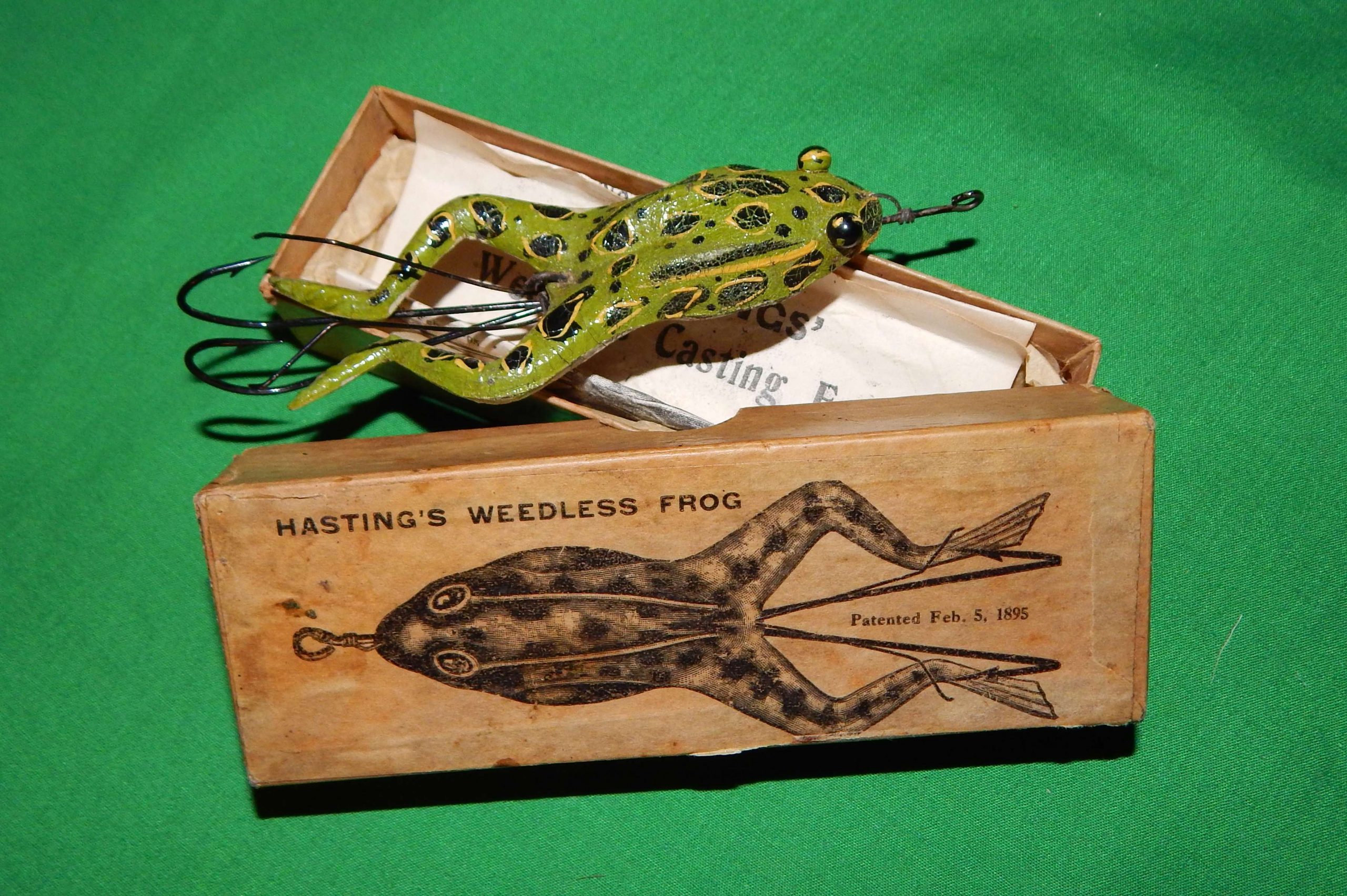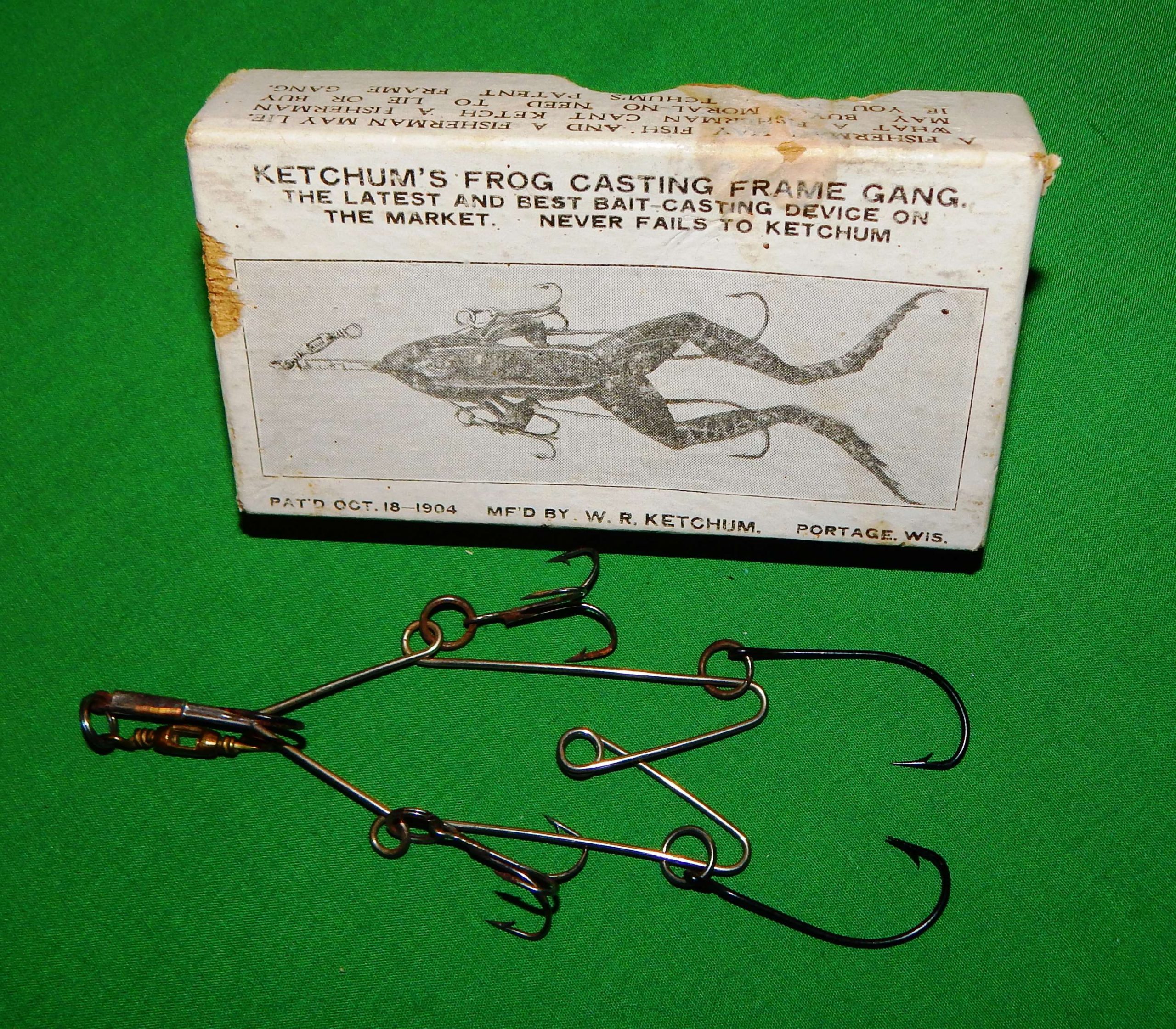
I often tell people there are no new ideas in fishing … at least not within the confines of lure development. Obviously this statement isn’t true – there are some new ideas, but far fewer than you might think.
I love studying the history of our sport, and more specifically, the history of lure making. It’s remarkable how many of today’s self-proclaimed innovations are nothing more than modified, reintroduced ideas from the past.
Take hollow-bodied frogs, for instance. Care to wager whose was the first?
Was it the SPRO Bronzeye Frog? Not hardly. These may be among the most popular of today’s artificial amphibians, but they hardly date back far enough to be the first.
What about the Scum Frog? Nope! Not that one either. It predates SPRO’s frog by a couple of decades, but it too is far from being the first.
Oh, and what about Bill Plummer’s Frog of the 1960s? Wrong again. In fact, his wasn’t even hollow-bodied. It was foam-filled.
None of these frogs are even close to being the oldest hollow-bodied model – not by a longshot. But more on that in a moment. First a little bass and frog history.
Leaping back in time
Since the very beginning of angling in this country, frogs have been a favorite bait among bass enthusiasts … and for good reason. Bass love frogs!
Anyone who’s tried it knows frog fishing is fun. It’s visual and sometimes incredibly productive, and I’m certain it was these same virtues that drove our forefathers to develop the first artificial frogs.
Back then, though, it was more about putting meat on the table. Realizing frogs were a staple for bass, resourceful types used them as live bait. Frogs were tough and easier to keep alive than baitfish, and more than one fish could be caught using the same frog.

Lure photos: www.mrlurebox.com
To fish them more effectively, tiny harnesses were developed – like the one pictured. Although these harnesses may have allowed a frog to swim somewhat naturally, they weren’t very effective around vegetation. That’s when the idea for a weedless artificial frog was born.
The challenge was to make the artificial version look and feel as lifelike as possible, while maintaining sufficient buoyancy. It also had to catch fish.
Enter the first hollow-bodied frog.
Hastings to the rescue
You have to go all the way back to 1895 to find the first production-run hollow-bodied frog. It was the Hastings Weedless Casting Frog, and it came out more than 120 years ago.
Introduced by the Hibbard, Spencer & Bartlett Company of Chicago, Ill., their innovation was nothing short of brilliant, since the rubber molding process was relatively new. So it’s worth noting that the company not only recognized the need for an adaptive, niche lure to catch more fish, they also sourced a revolutionary material and process with which to make it. That’s true innovation.
Hastings frogs were offered in three sizes and designed to catch more than black bass — pike and musky liked them, too.
After molding, each was hand-painted in a beautiful leopard frog pattern and fitted with hollow-point Carlisle hooks featuring a weed guard. Of the examples I’ve held, these hooks are as sharp and strong as any offered today.
To further prove there has been little improvement on Hastings’ frog, here’s a quote from the box paper insert: If at any time the frog should fill with water, it can be readily expelled by pressing it together a few times.
Sound familiar?
For more on vintage artificial frogs, check out Don Wheeler’s book, The Frog Lure Collector’s Guide.


